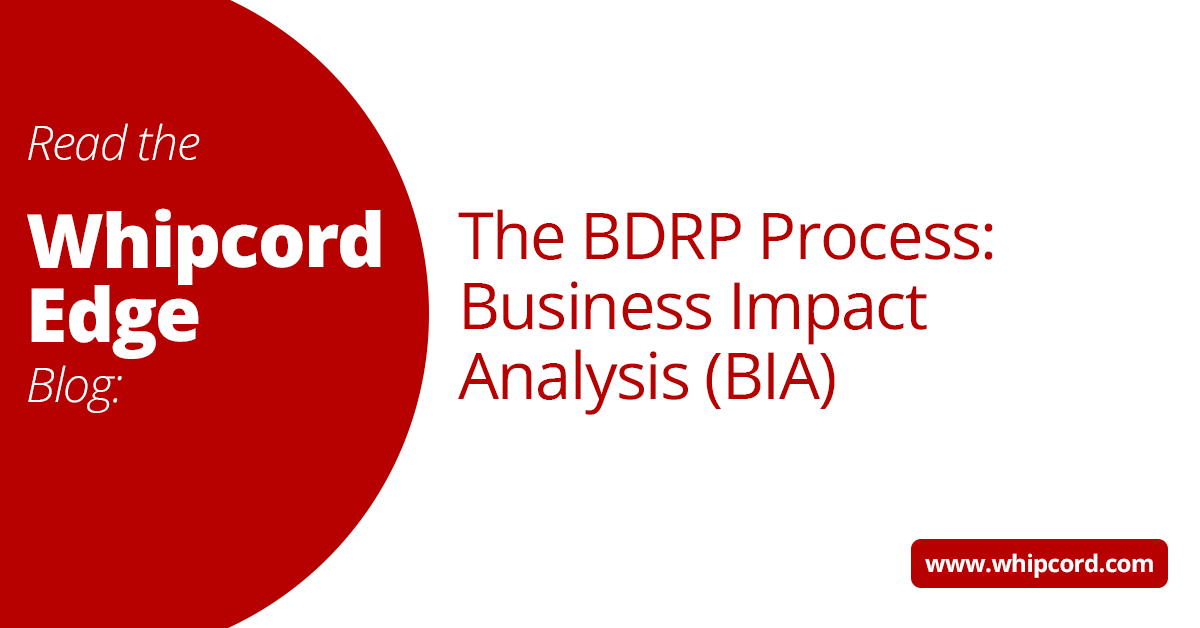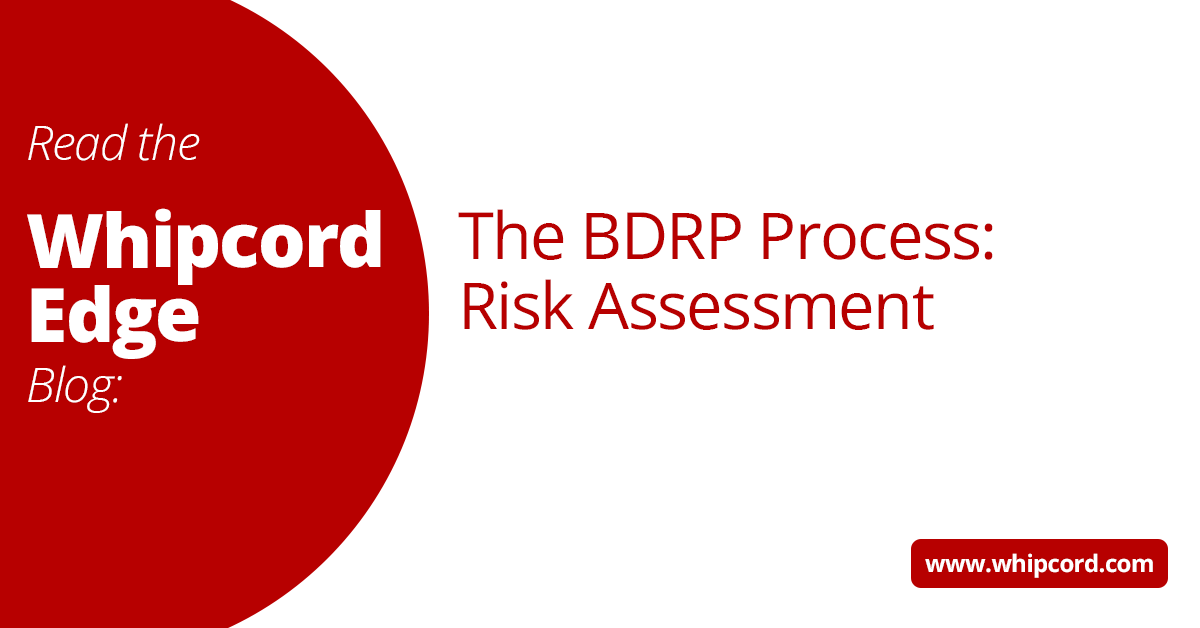This is the third in a series written by Guy Netaneli of 010 Data Protection. A partner and customer of Whipcord Edge, 010 helps business develop their plans and design technical solutions to support them.
Business Impact Analysis (BIA) is the process of identifying and evaluating the effects of disruptions on business operations. The primary goal is to determine which functions and processes are critical to the organization's survival. By assessing the impact of downtime on various business areas, BIA helps prioritize recovery efforts. This involves interviewing key stakeholders and collecting data on operational dependencies, financial implications, and customer impacts.
During the BIA, organizations must identify the maximum acceptable outage (MAO) for each critical function ("Maximum Tolerable Downtime" (MTD) or "Maximum Allowable Downtime" (MAD) are also used terms in industry). MAO is the longest period that a business process can be inoperable without causing significant harm to the organization. Understanding MAO helps in setting realistic recovery time objectives (RTOs) and recovery point objectives (RPOs). These metrics are crucial for developing effective recovery strategies and ensuring that resources are allocated appropriately.
The final stage of BIA involves documenting the findings and creating a prioritized list of critical functions and their dependencies. This document serves as a roadmap for recovery planning, guiding the development of detailed recovery procedures for each critical function. Regularly updating the BIA ensures that it reflects changes in business operations, technology, and external threats, maintaining its effectiveness over time.
Guest Author
Guy Netaneli
-1.png?width=1092&height=792&name=logo%20(1092x792)-1.png)
%20copy(black%20letters).png?width=1092&height=792&name=logo%20(1092x792)%20copy(black%20letters).png)




.png?width=100&height=91&name=white%20logo%20(100x91).png)